Week 07
CNC - Make it Big!!
brief.
- do your lab's safety training test runout, alignment, fixturing, speeds, feeds, materials, and toolpaths for your machine
- make (design+mill+assemble) something big (~meter-scale) extra credit: don't use fasteners or glue extra credit: include curved surfaces
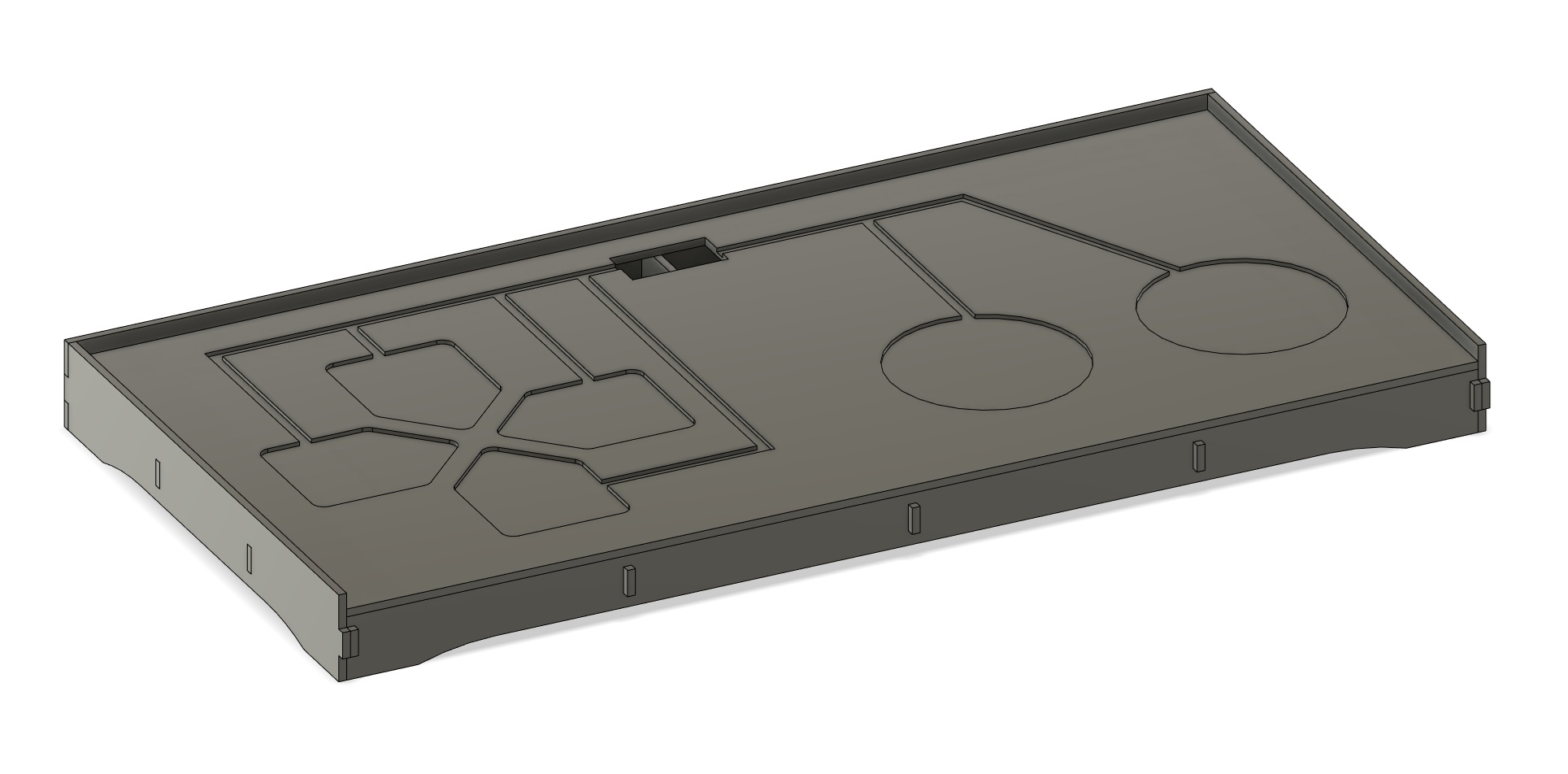
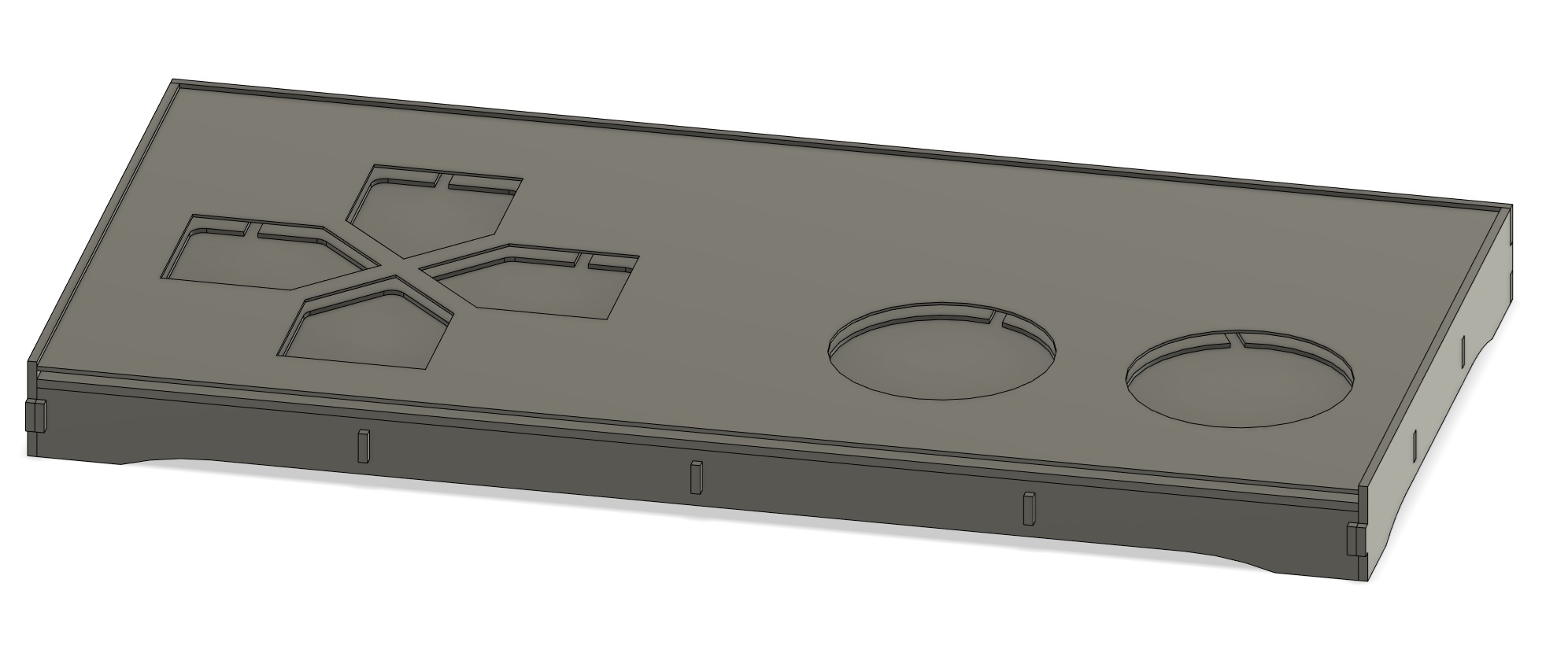
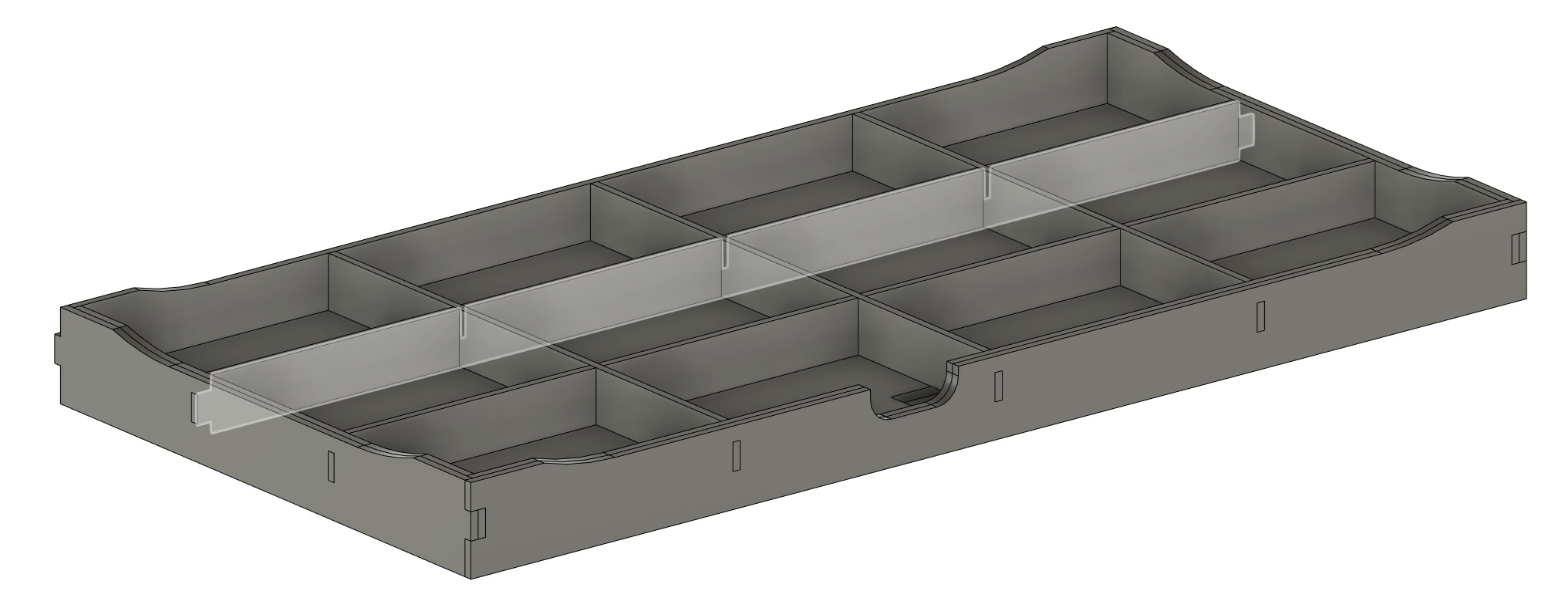
a bit of context + plan for the week.
My plan for the week is to design and cut out a "giant" (3ft x 6ft) video game controller modeled after an old Nintendo NES. I hope to make it a functioning controller so that we can play video games on the 80ft screen on the outside of our building.
I will need to design it to be.
- flatpack, sturdy, yet easily transportable
- withstand being jumped on
- large contacts for embeded buttons
- to work on a video game emulator
- designed my part in fusion 360
- exported each face or part of my assembly as a .dxf
- imported .dxf into aspire (vcarve)
- set up cut file byadding dogbones, assigning toolpaths, feeds, speeds, cut depths
- exported gcode as a shopbot.tap file
- set up machine, found machine home, installed endmill and found z zero. assigned x,y zero. used vacuum table to hold down material
- ran program
- post processed and assembled parts
- Always do some test cuts! you will save time in the end
- Account for tolerence. I accounted for .020 inch tolerence between mating feactures and it was not enough. All my joints ended up being way to tight. i had to use a combo of clamps, hammers, and chisels to get all my pieces together. I even boke a piece trying to force the joint together. most plywoods have thickness inconsistances so you have to take this into account.
- still would like to experiment with 2 sided machining and doing more 3d complex parts.
helpful hints and resources.
weekly terminology:
Feeds and speeds: The rate at which the cutter 1. spins and 2. moves through the wood. RPM and feedrate are the two main factors that determine the quality of the cut.
Dogbone fillets: a type of fillet common in cnc routing that takes into account the radius of a cutting bit and creates a "dogbone" shaped fillet that allows for a tight fit between two mating surfaces.
tabbing: a method of holding a part in place while it is being cut out. tabs are small pieces of material that are left uncut to hold the part in place. tabs can then be cut out by hand or with a saw later.
tolerence: the space between two matin serfaces. the smaller the tolerance the tighter the fit.
endmill: the type of cuttin bit used in the machine. different types of endmills are used for different types of cuts. endmills can come in various profiles, sizes, and have differnt number of flutes depending on the material being cut and the type of cutting operation.
CAM Computer aided maching the software we use to to assign toolpaths, feedrates, and various other parameters for the parts we want to cut out. Essentially how we create gcode to tell tha t machine what to do.
gcode the language that the cnc machine reads to know how to move the cutting bit, spindle, and gantry.
nesting the process of arranging parts on our material so that we can maximize the amount of material we have.
workholding how we hold our material in place while it is being cut. this can be done with screws, clamps,nails, or vacuum tables.
resources i found extremely helpful to get started:
Incredibly use Shopbot, vcarve, cnc milling and other useful fablab tutorials!
50 joint in wood for digital fabrication
process // pipeline.
General pipline I followed:
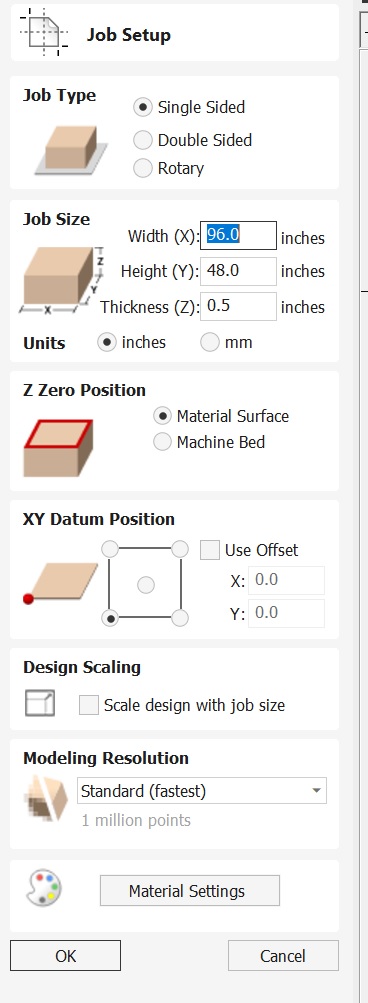


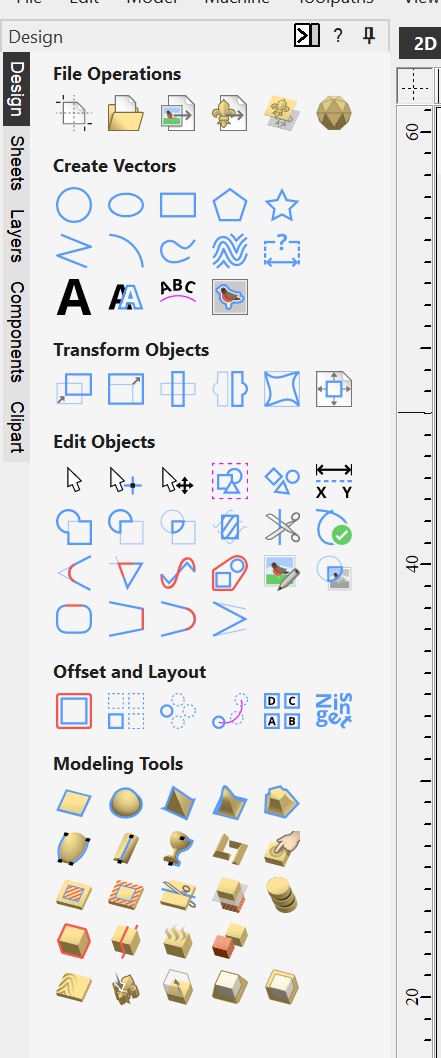
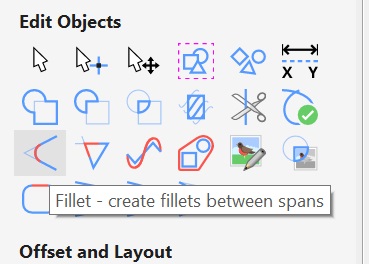
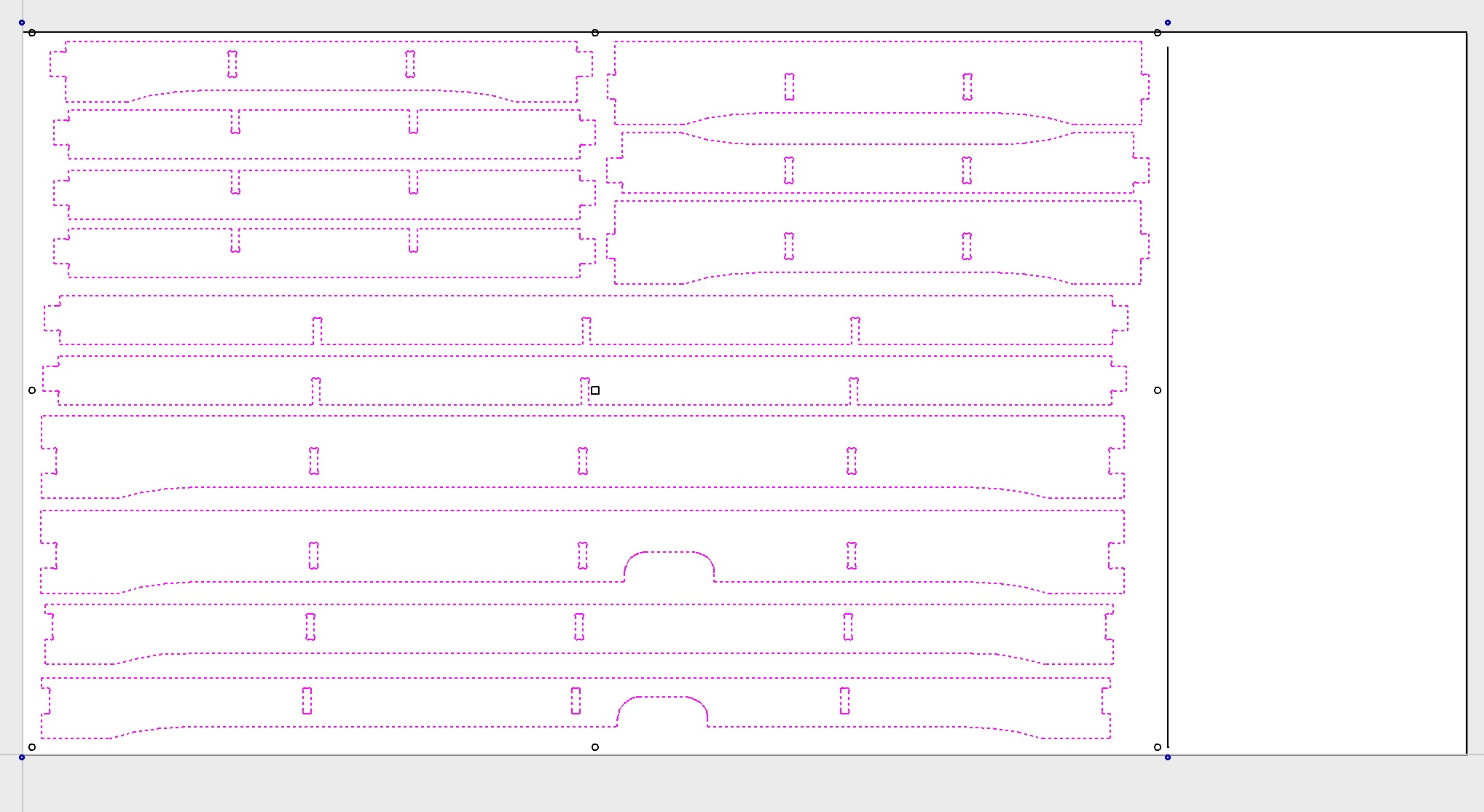

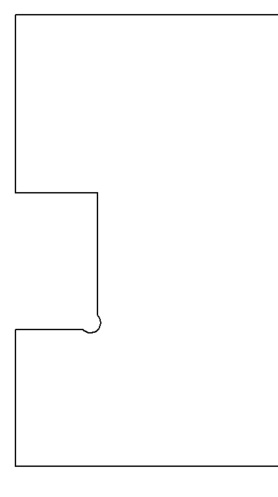
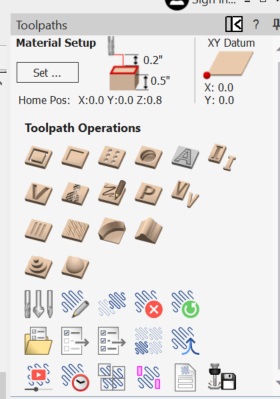
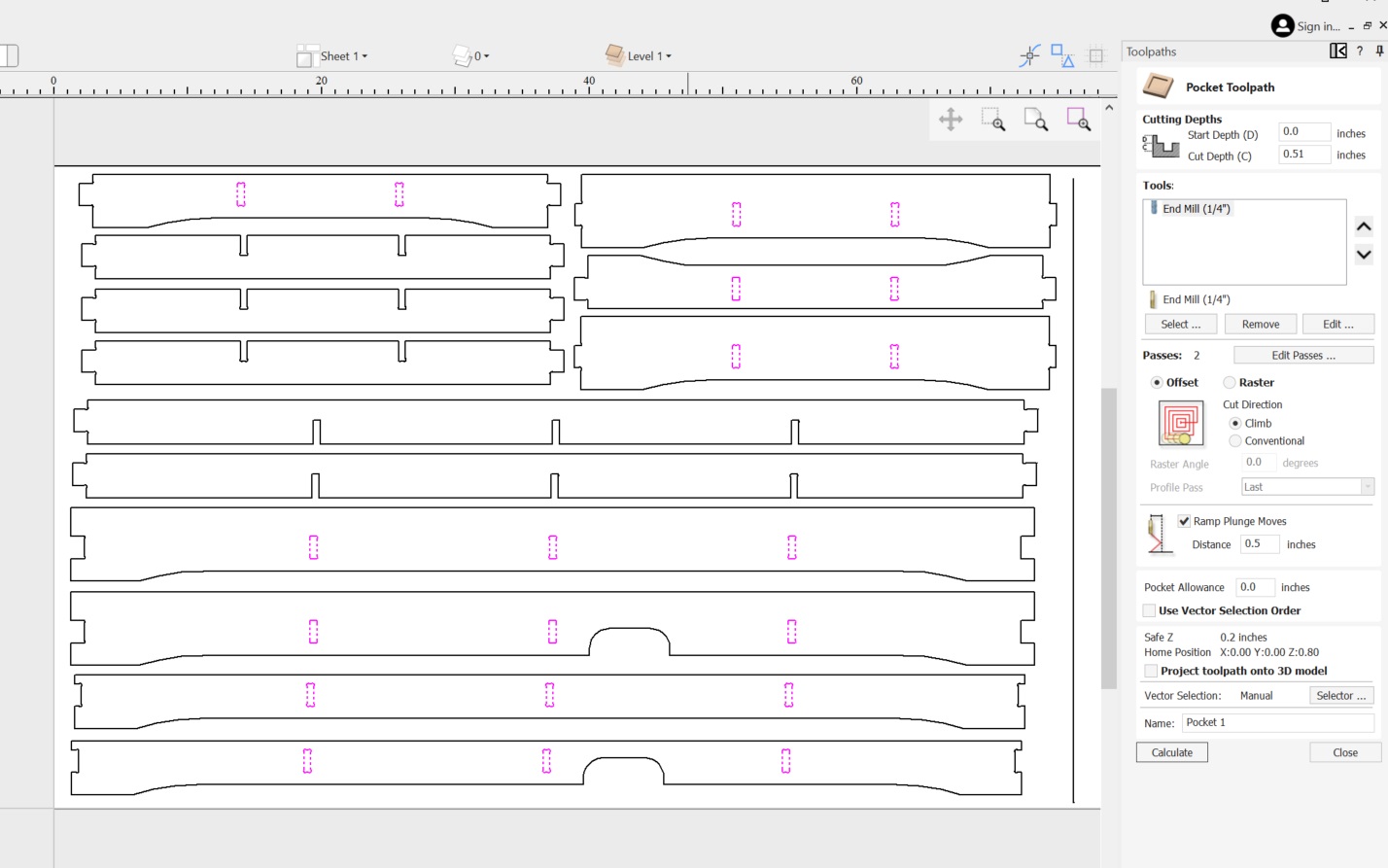
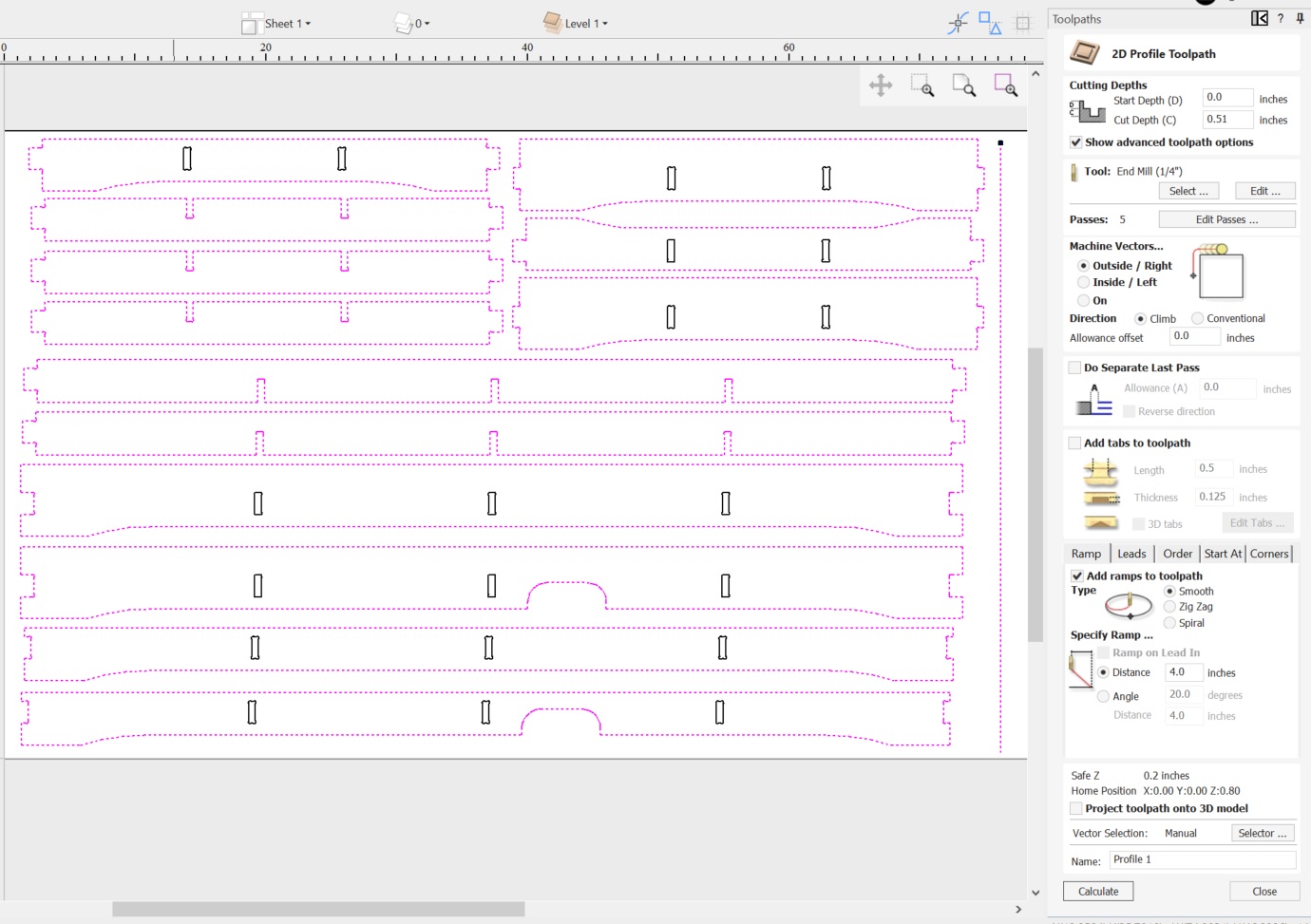
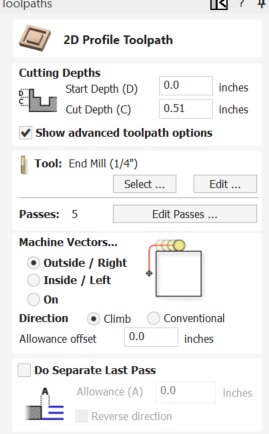
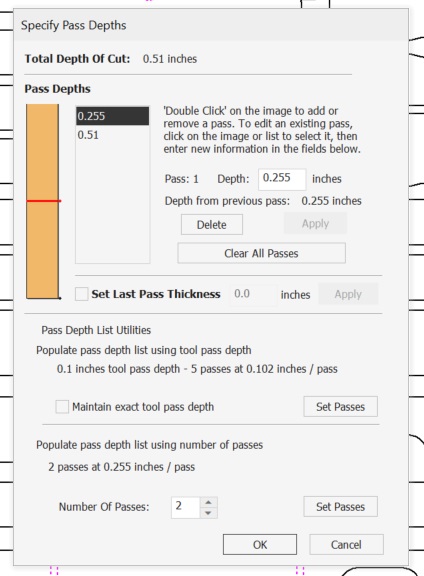
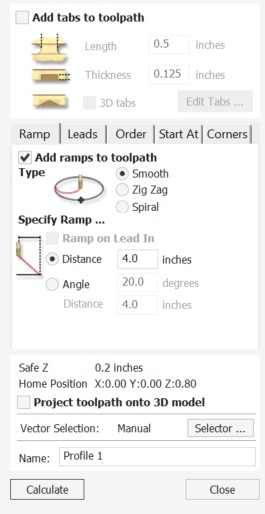
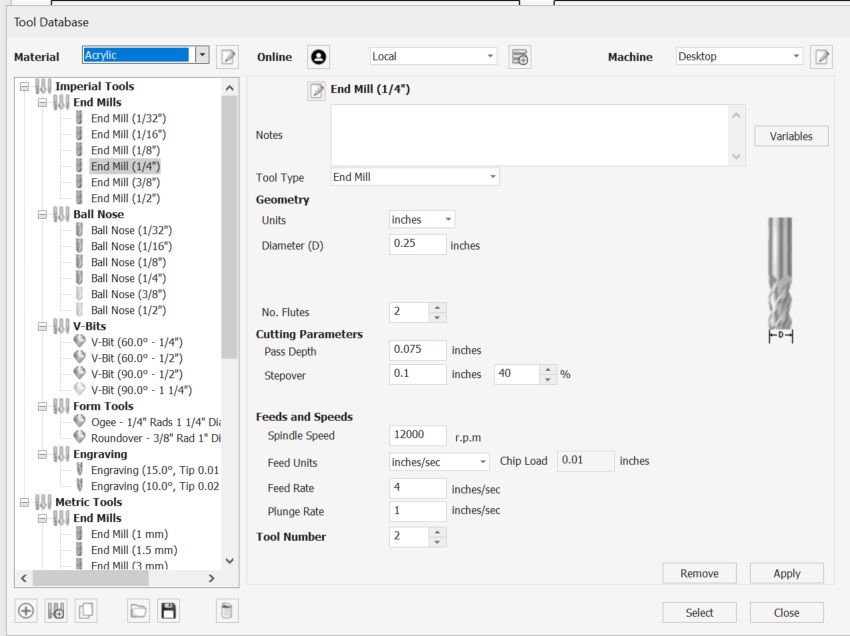



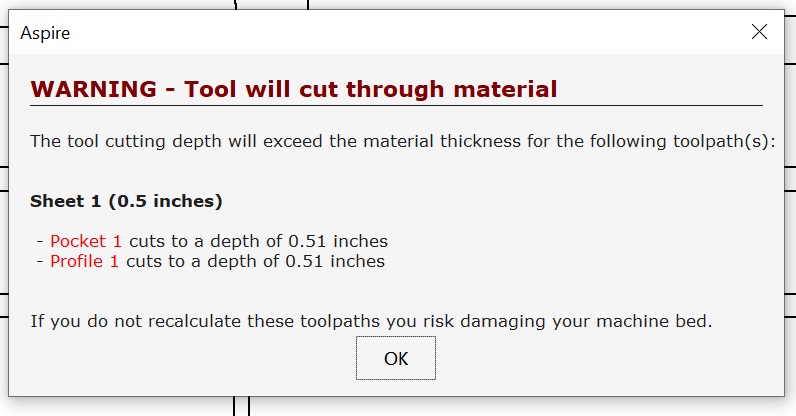
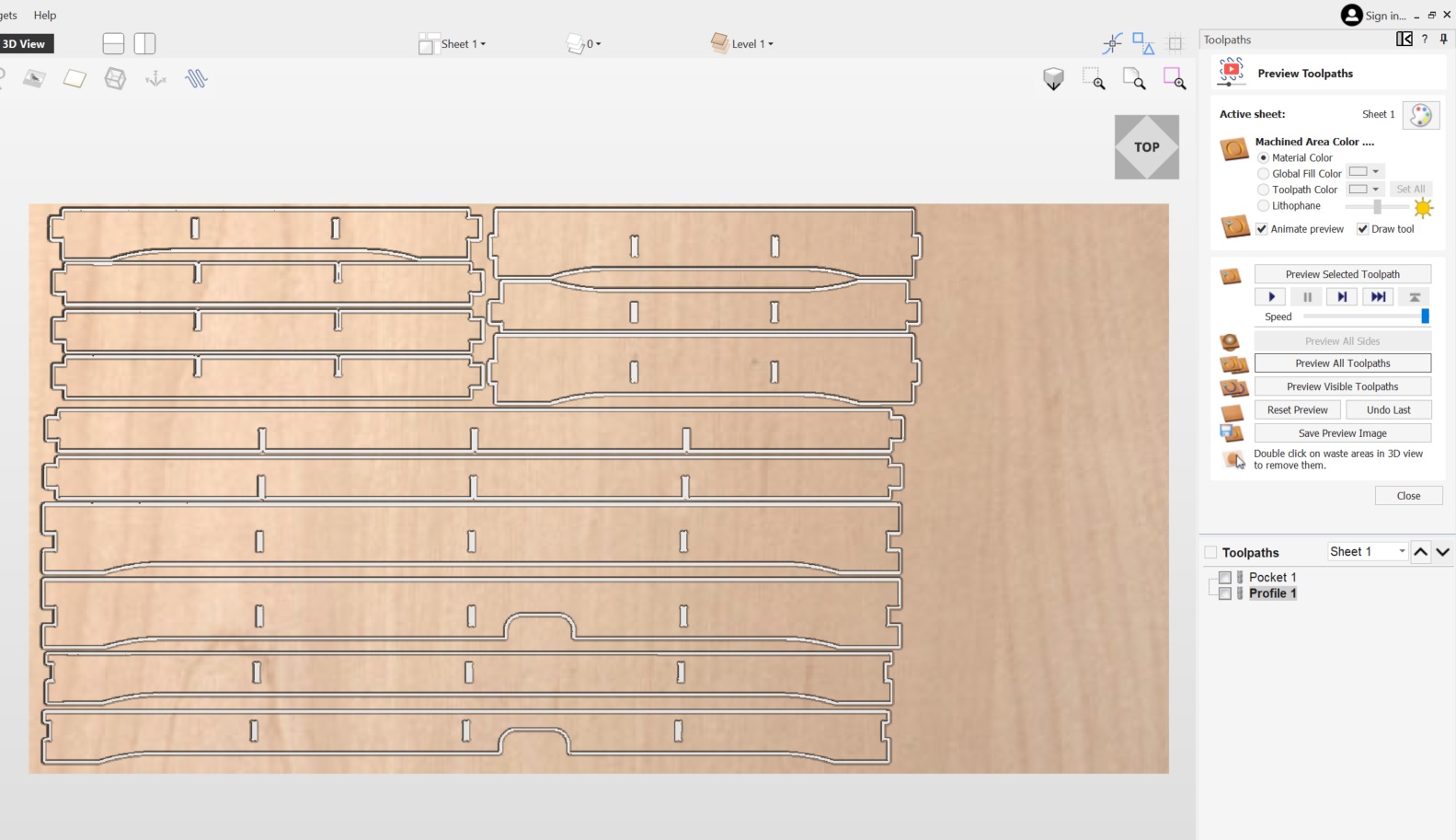
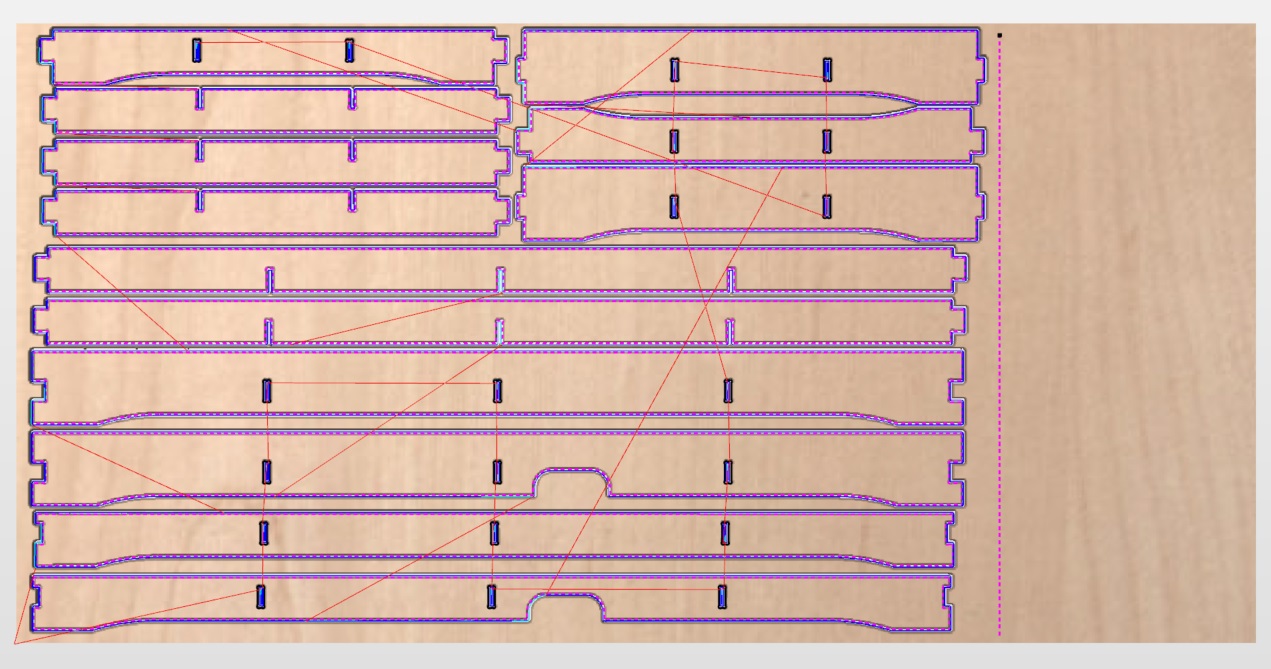
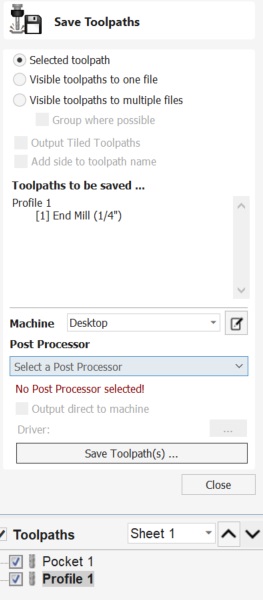
conclusion
Unfortunatly i ran out of time this week to cut out the faceplate and button portions of the controller. I will definetly be revisiting this project. Hope to showcase it at our yearly open house at the end of the month.
files
Check the link below to try for yourself!:
mixtendo .stlmixtendo solid models
mixtendo frame cut files